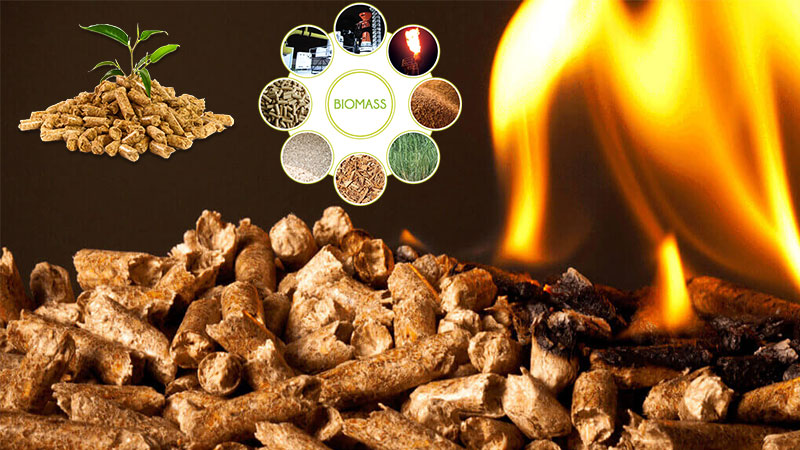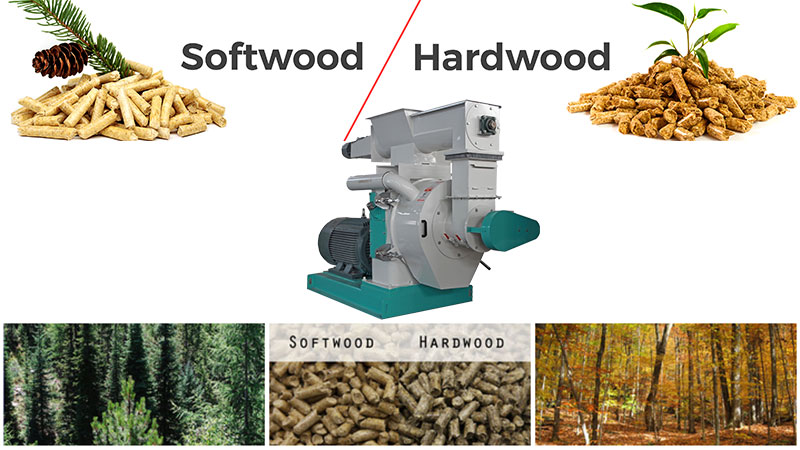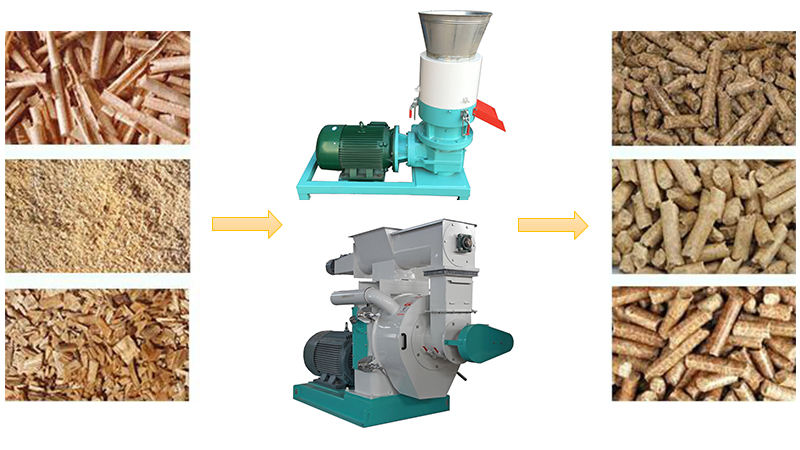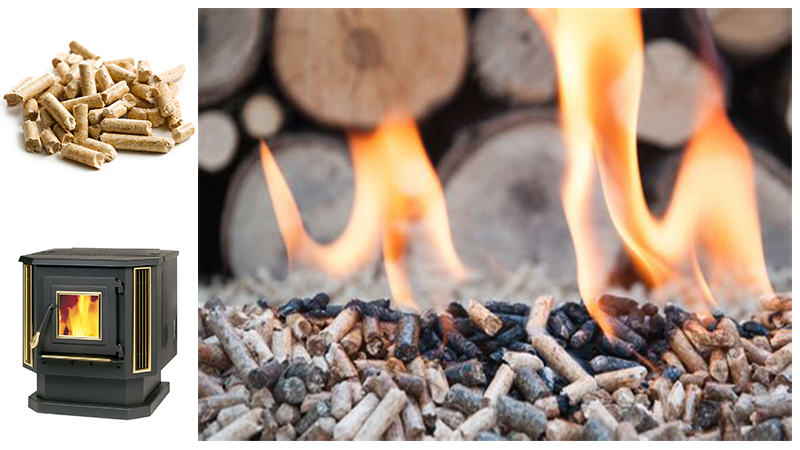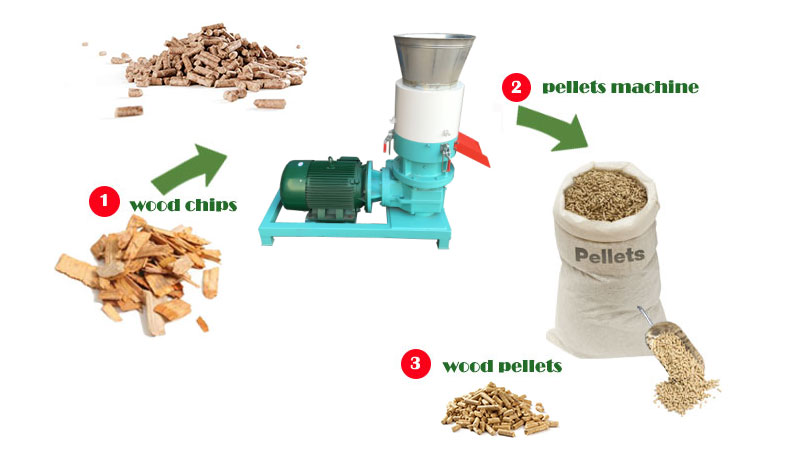
Types of Pellet Heating System
☆ District/Central Heating
A boiler burns logs, pellets or chips, and is connected to a central heating and hot water system. A wood-fuelled boiler could save you nearly £600 a year compared to electric heating. Pellet boilers are differentiated into semi-automatic and fully-automatic pellet heating systems.Common applications are in centralized heating plants, buildings or more including schools, manufacturing facilities, assisted living complexes, hospitals and residences.
☆ Stove Heating
The pellet stove, which are used as individual room heating based on air. The core technology consists of a wood pellet burner that can be mated to an existing system’s boiler or furnace. Simply swap your old oil burner out of the furnace/boiler and set a wood-pellet burner in its place. The wood pellets are locally sourced, renewable, clean-burning, carbon-neutral, stably priced, and abundant.Most pellet stoves are equipped with burn back protection. Generally good pellet heating systems are configured for very safe and almost fully-automatic operation, so that cleaning and maintenance work are only necessary at intervals of several weeks or months depending on the type of system involved.
Code and Property Insurance about Your Pellet Stove
Adding a pellet stove to your home can slightly increase your insurance rates, but not informing your insurer can void your coverage in the event of a fire. Before buying, obtain a stove clearance diagram from your insurance company. Follow these installation guidelines and return the completed form for approval. Your insurer will be more likely to approve it, if it was installed by a trained specialist. They may also want it to be inspected (at your expense) before approval is given. Every area has fire/building code restrictions regarding wood stoves. Review and follow these guidelines for a safe installation.
